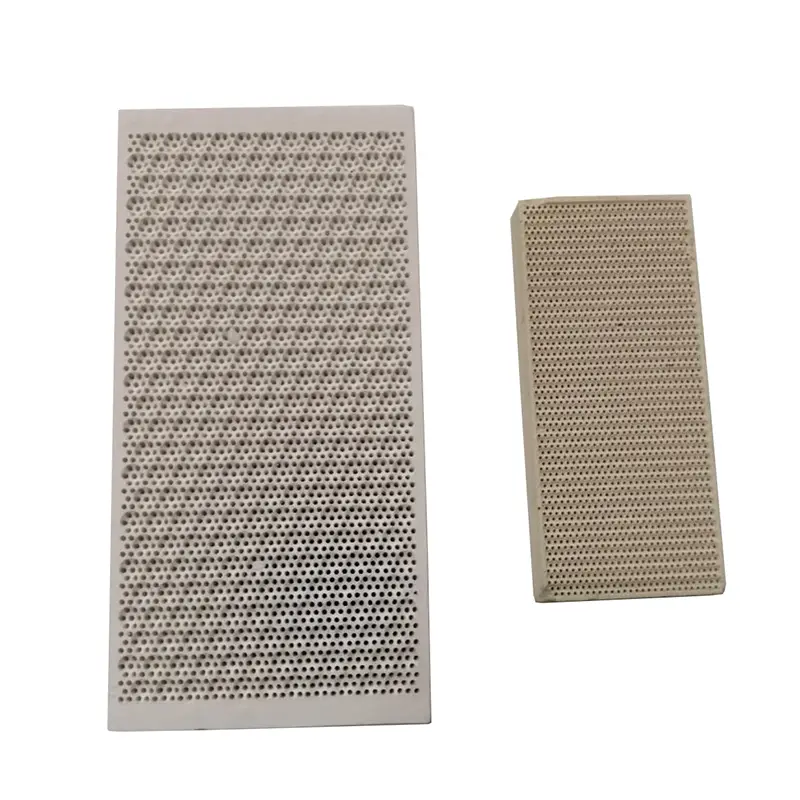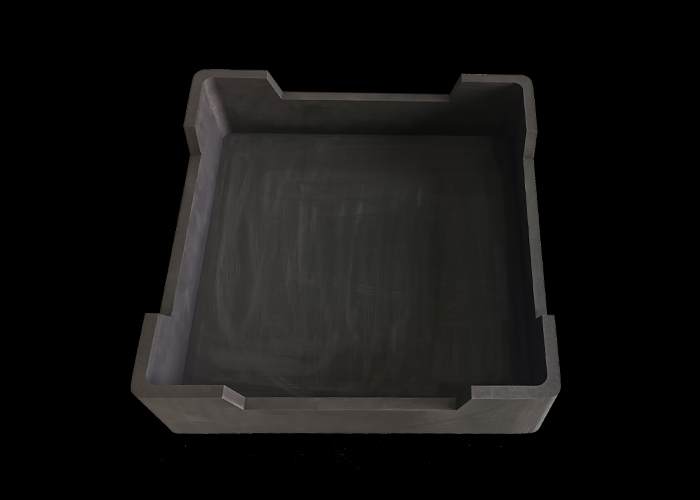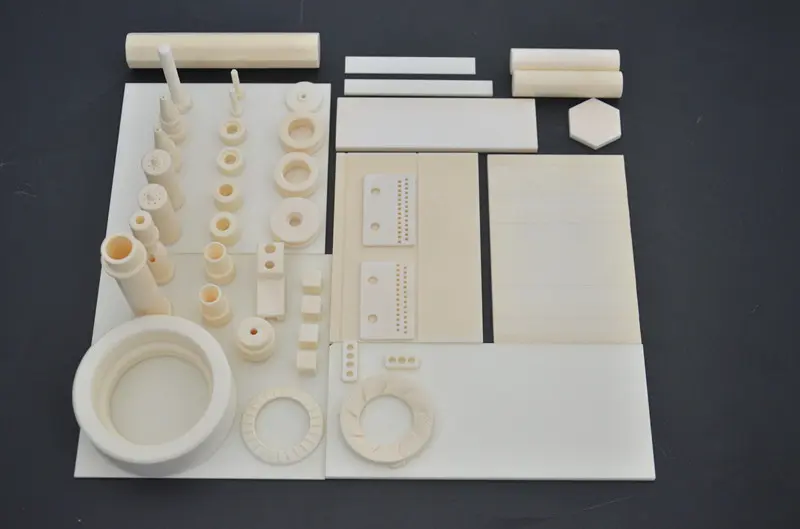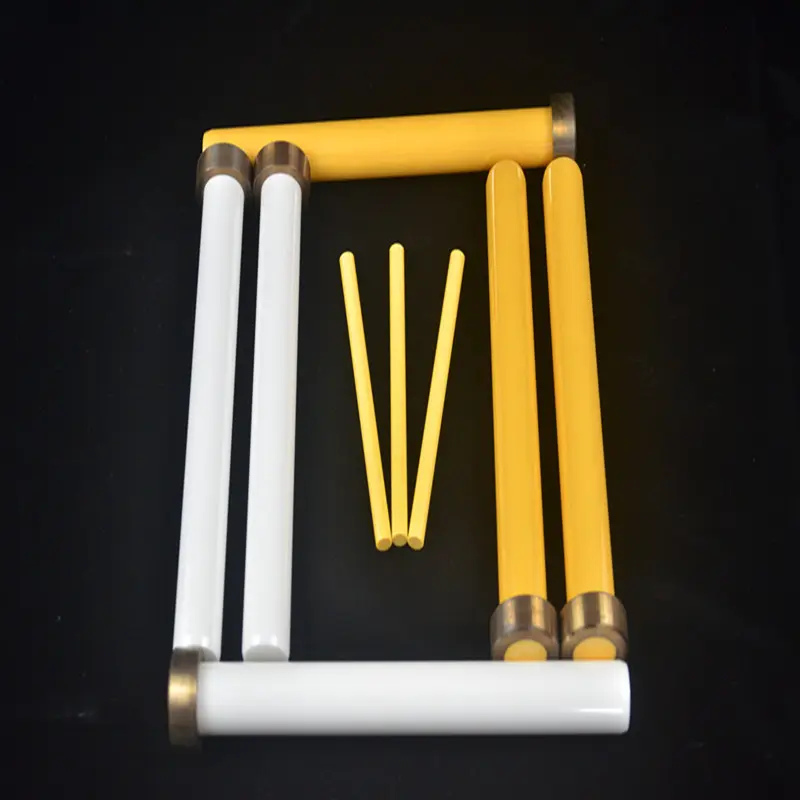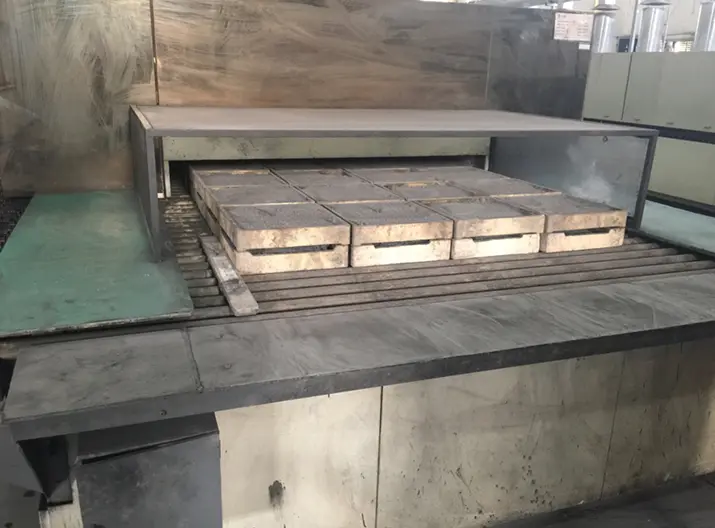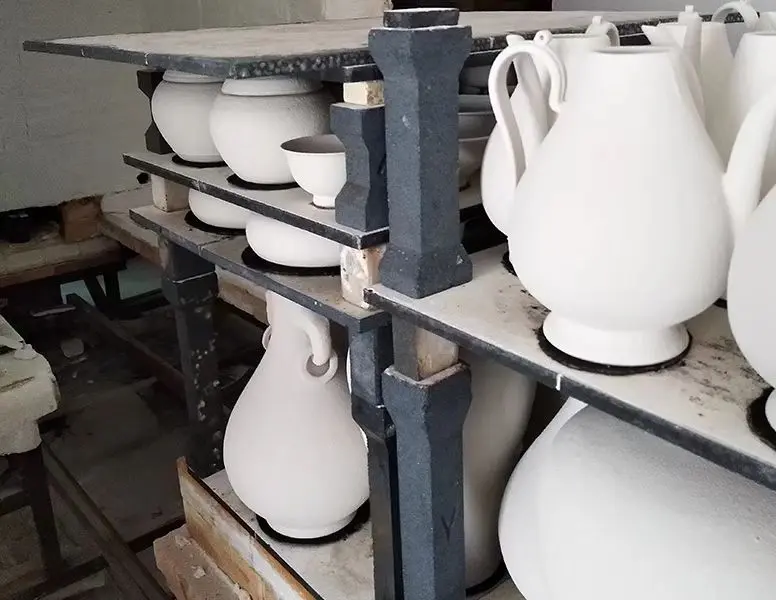The Role of Refractory Sagger in Alumina Powder Sintering
Refractory Saggers are containers made from high-temperature resistant materials designed to hold and protect ceramic powders during the sintering process. These saggers are typically constructed from materials such as alumina, zirconia, or other advanced ceramics that can withstand extreme temperatures without deforming or reacting with the contents. Their primary function is to provide a stable environment for the alumina powder, ensuring uniform heating and preventing contamination from external sources.
The Importance of Refractory Saggers in Sintering
-
Temperature Control: One of the critical roles of refractory saggers in alumina powder sintering is to maintain consistent temperature profiles throughout the sintering process. The sintering of alumina requires precise temperature control to facilitate the densification of the powder. Refractory saggers are designed to withstand high temperatures, allowing for effective heat transfer and minimizing thermal gradients that could lead to uneven sintering.
-
Preventing Contamination: During the sintering process, it is crucial to prevent any contamination that could adversely affect the properties of the final product. Refractory saggers act as a barrier between the alumina powder and the kiln atmosphere, reducing the risk of chemical reactions with impurities. This containment is vital for achieving high-purity alumina products, which are essential in various applications, including electronics, aerospace, and biomedical fields.
-
Supporting Structural Integrity: The structural integrity of the alumina powder during sintering is paramount. Refractory saggers provide mechanical support, preventing the powder from collapsing or deforming under its weight or during the heating process. This support is particularly important for complex shapes or large batches of alumina powder, where maintaining uniformity is essential for achieving desired material properties.
-
Facilitating Densification: The sintering process involves the densification of alumina powder, where particles bond together to form a solid mass. Refractory saggers help facilitate this process by allowing for optimal packing of the powder and promoting uniform particle interaction. The design of the sagger can influence the flow of gases and the movement of particles, which are critical factors in achieving the desired density and microstructure of the final product.
-
Thermal Shock Resistance: Sintering processes often involve rapid temperature changes, which can lead to thermal shock and cracking of the materials involved. Refractory saggers are engineered to withstand these thermal shocks, ensuring that they maintain their structural integrity throughout the sintering cycle. This resistance is crucial for maintaining the quality and consistency of the alumina products being produced.
Conclusion
In summary, refractory saggers play a vital role in the sintering of alumina powder, contributing to temperature control, contamination prevention, structural support, densification facilitation, and thermal shock resistance. As the demand for high-performance alumina products continues to grow across various industries, the importance of refractory saggers in ensuring the quality and reliability of these materials cannot be overstated. Their role in the sintering process is a testament to the intricate relationship between material science and engineering, highlighting the need for advanced solutions in the production of high-quality ceramics.


